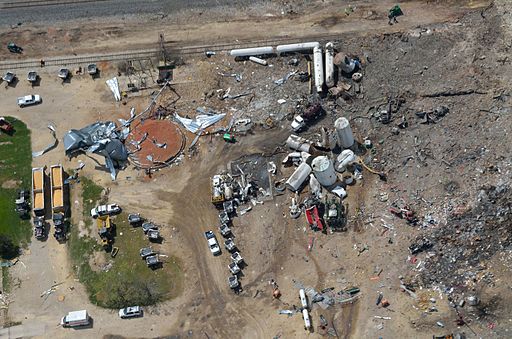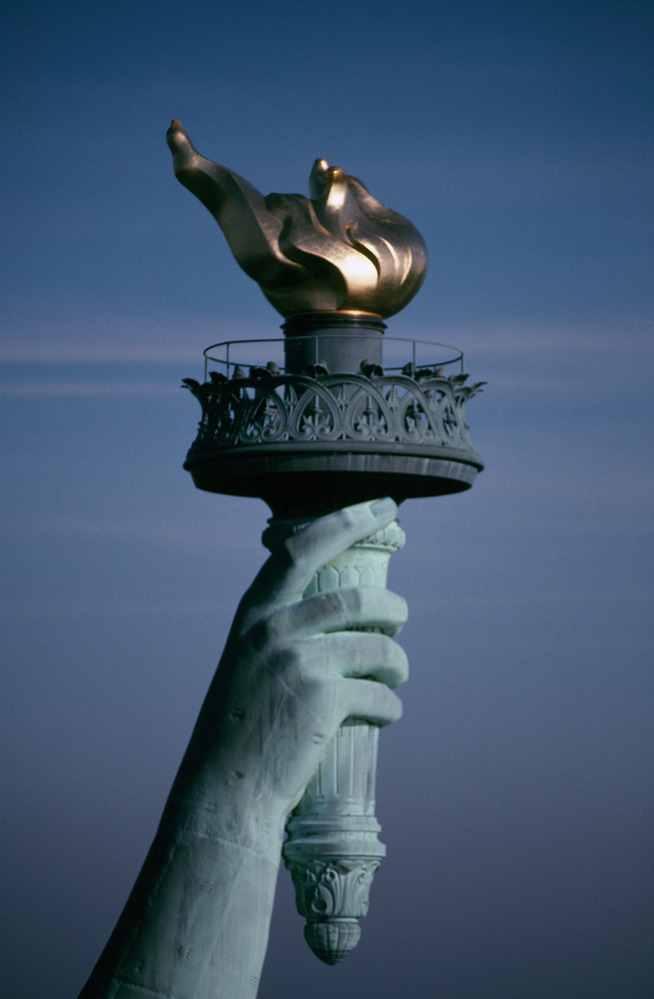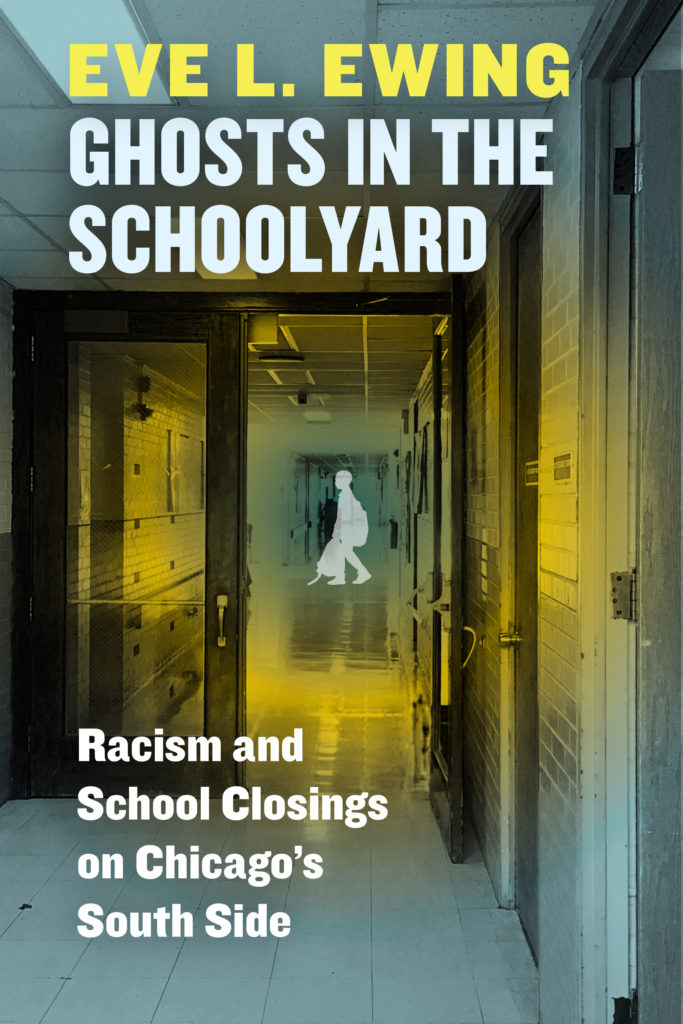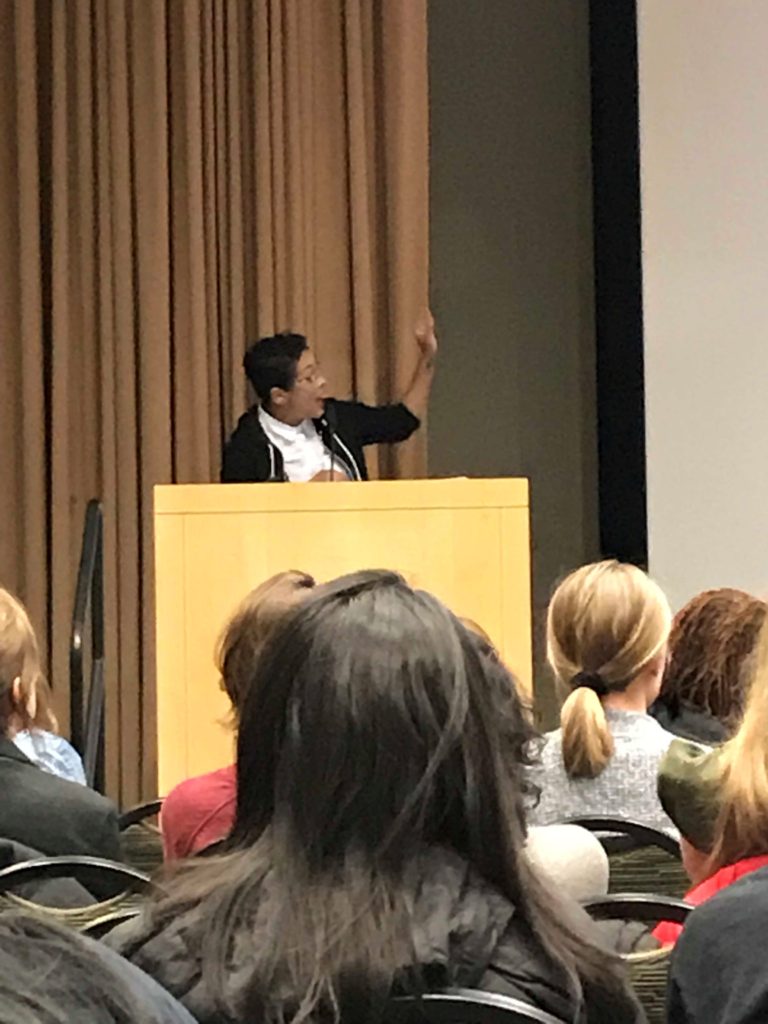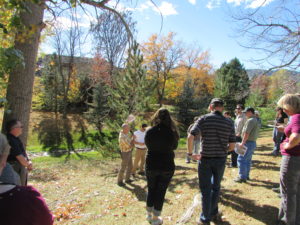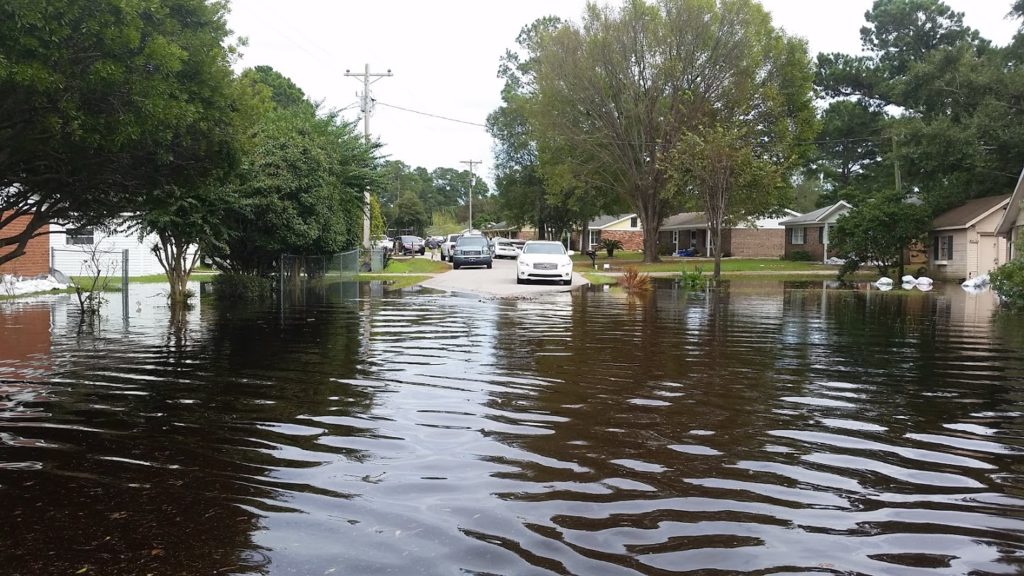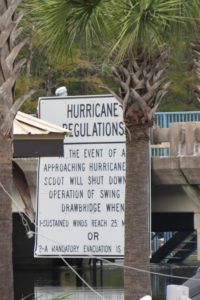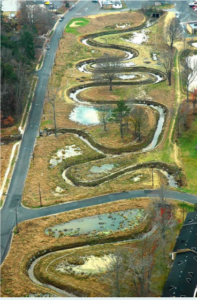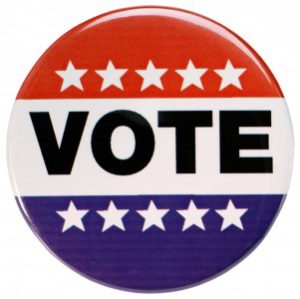In the mid-1960s, before the advent of the personal computer, when a manual typewriter was the state of the art in original document production, I took a high school typing course in which I learned the QWERTY keyboard and how to manipulate my fingers to put words on paper more rapidly. There were some curious practice exercises that people used to gain such mastery, memorized phrases that one might type repeatedly in order to build digital agility. One of them was this gem:
Now is the time for all good men to come to the aid of their country.
Even as I wrote this now, I did not make it to the end of the sentence without a stumble. Unlike my teenage days, however, I now can simply back up and overwrite mistakes or even just rely on Microsoft Word’s spell-correct functions to fix things for me. How the world has changed. In those days, I had to laboriously apply White-Out to the page. (Millennials can be excused for looking up that brand name.)
In the woke 2020s, of course, it is perfectly appropriate to change the wording of that exercise to “all good men and women” or even “all good people.” And indeed, many of the people I will call on in this essay are women in positions of power in the United States Congress, most notably the U.S. Senate. Of the 53 Republican Senators, nine are women. That is more than enough to tip any vote in that body.
I mention this typing exercise because it always made me wonder, “when is now?” What is the crisis that would trigger this aid from all good people, and what would that aid be? In recent weeks, it has become very clear to me that now is now, and the aid is that of people with enough courage and conscience to develop a clear-eyed vision of the challenge posed by the current President of the United States. The Senate trial of the impeachment charges brought against him started this afternoon.
As sometimes happens, one can see some of the ground shifting beneath the feet of those who assumed they could respond from a position of power without response to the evidence or the larger issues surrounding the case. It has happened before, and the shifting of the ground was the fundamental reason in 1974 for the resignation of President Richard Nixon before his case ever came to trial. It is taking longer in this case simply because President Trump has thrown up one obstacle after another to prevent any witnesses from the Executive Branch, and any documents, from reaching public view. Arguing that the House should spend endless months challenging assertions of executive privilege in order to bring its case, the President and all his henchmen seem determined to run out the clock before the 2020 election. Wisely, Speaker Nancy Pelosi did not fall for this travesty and insisted on moving forward before Trump’s campaign could summon interference in another election.
The game now, in the Senate, is to claim that the House cannot bring witnesses that it failed to summon during its impeachment investigation, even though most could not be subpoenaed in a timely fashion because of White House obstruction. Despite that, a parade of good men and women, mostly civil servants and career diplomats, made their way to the House of Representatives to testify both for closed-door depositions and open hearings because now was their time to come to the aid of their country. For that, most were reviled publicly by the President himself. We have never seen such a shameful display of executive arrogance before in American history.
The House impeachment managers, led by Rep. Adam Schiff, chair of the House Intelligence Committee, in the last two hours as I write this, did a masterful job, in my opinion, of highlighting the hypocrisy of Trump’s allies claiming that the House should have heard from witnesses whom Trump himself barred from testifying. As the public begins to focus more closely on this point, the ground may shift some more—if not in changing votes in the Senate on the rules of the trial, then quite possibly in November when voters decide how much hypocrisy and unfairness they can stomach before they rebel.
Look, I am not a lawyer, so I am not attempting to present legal and constitutional arguments here, but as a very well-informed citizen, I am more than entitled to introduce some moral and intellectual perspective. The Republican approach in both houses of Congress has struck me as a competition to produce the best imitation of Sgt. Schultz from the silly 1960s television show, Hogan’s Heroes, which featured some ingenious Allied prisoners of war in a German stalag during World War II. Schultz was known for turning a blind eye when Col. Hogan engaged in some forbidden antics, always using the stock line, “I see nothing,” enunciated with a heavy German accent.
But it may also be a grand imitation of the three wise monkeys of Japanese legend, See No Evil, Hear No Evil, and Speak No Evil, each of whom participated in a charade to avoid seeing the obvious. After all, if President Trump insists his phone call with Ukrainian President Zelenskiy was “perfect,” then there must be no reason to examine the evidence, right? So, let’s hear the arguments first in the Senate trial, and decide later whether we wish to view documents or hear from witnesses. If it weren’t such tragic farce, it might make for good material for a Saturday Night Live skit. But sometimes, the truth is so baldly scary that any potential humor associated with it fades into the shadows.
I say that because the evidence is mounting that Trump simply does not understand, or does not wish to understand, that presidential power is not and never has been unlimited under Article II of the U.S. Constitution. No previous president has assumed that he was entitled simply to do whatever he wanted. Respect for the U.S. Constitution, to which each swore an oath to “protect and defend,” and a sense of patriotic honor about protecting democracy itself, restrained their worst impulses. Until now.

It so happened that, over the recent holidays, I discovered and read a short biography of Dietrich Bonhoeffer (Radical Integrity: The Story of Dietrich Bonhoeffer), the German Lutheran pastor who in the 1930s and 1940s undertook to oppose the rise of Adolf Hitler. Ultimately, he was involved in a plot to assassinate Hitler in the waning days of the war. With just a month left before Germany surrendered in May 1945, the Nazi authorities, with an eye to avenging any opposition to Hitler, executed him at Flossenburg prison. To this day, he is regarded as a religious and patriotic martyr for standing up to tyranny under the Nazi regime. He knew the consequences he faced, and he was not deterred. I have long known about Bonhoeffer but had not read his story in depth. The short, popularized version by Michael Van Dyke resulted in my tracking down (through colleague Allison Hardin as I was recovering from surgery) the full 1,000-page biography from 1970 by close Bonhoeffer associate and seminarian Eberhard Bethge (Dietrich Bonhoeffer: A Biography). I aim to read it in full in the coming months.
I mention it because, in staring down the intimidation practiced by Donald Trump, the relentless shredding of opponents’ reputations, the ignorance of history accompanied by thirst for power that characterizes his presidency, and the inability to acknowledge, let alone apologize for, error under any circumstances, no one is asking anyone in Congress to put his or her life on the line in the way that Bonhoeffer and similar principled critics of tyranny were willing to do. They may fear losing a Republican primary as a result of Trump ginning up his base, but there is life after politics, and certainly life after a single defeat by the followers of a president who is likely to be a spent force in American politics within five years. The question is one of having sufficient courage and integrity to challenge this march toward authoritarianism while it still matters. Political self-preservation in the short term is a very myopic goal. Abraham Lincoln lost re-election to the U.S. House because of his opposition to the Mexican-American War, only to resurface a dozen years later as one of the greatest presidents in American history.
But alas, it appears that when the time comes for someone to write the story of the 53 Republican Senators in the 116th Congress, they may need to reverse the title of President John F. Kennedy’s famous book and call theirs Profiles in Cowardice. But we shall see. There is always the opportunity for a miracle of conscience. Some good people may yet come to the aid of their country.
Jim Schwab

